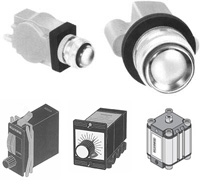Design Requirements for Pneumatic Control Valves

A control valve is known to have unique and inherent operations characteristics that create problems for precise positioning: under a varying degree of operational conditions. Several factors cause overtightening of packing. The most common cause of this issue is pressure differentials that go across the valve seat. The problem can also lead to fouling and viscous service that are known to add forces that prevent valves from moving to the correct position.
It is important to remember that all valve types must be selected based on the pneumatic control system's operating factors and design conditions. It would help to consider the fluid handles, costs, allowable leakage, noise levels, and manageability required. Other special requirements can be made.
Pneumatic control valves that are housed in electronic control loops need to be equipped with 24-V. D.C. devices and a 4-20mA converter. You can use a converter or a transducer. Furnish control valves with the pneumatic type of positioner that is found in the following applications:
- More than a single valve on one controller
- Valves four in. body size
- Line Pressure that exceeds 20 bards
- Butterfly Valves
- Three-way valves
- Sounders paten body
Pneumatic control valves used in steam-heated reboilers must be located within the steam line (not the condensate line). This can change, but it must be a strong consideration. It would help if you used insulated valves when the valve runs the risk of freezing because of ambient conditions.
Related Reading


- Ellis/Kuhnke Controls
132 Lewis Street Unit A-2, Eatontown, N.J. 07724
Phone: 1-800-221-0714
Fax: 732-291-8154
Email: Info@ekci.com
- Home Pneumatic Controls Technical Info CAD Drawings Contact Us Pneumatic Timers Blog Site Map
